
Photo credit: A tendril vine in the rainforest in Brazil. CIFOR/Kate Evans
Of more than 300 human rights defenders killed in 2019, 40 percent worked on land, Indigenous’ Peoples and environmental rights, according to a new report.
The sector was highly targeted due to the profit-driven exploitation of natural resources, combined with rampant corruption, weak governments and systemic poverty, said Front Line Defenders (FLD).
The belief that mega-projects, even with environmental safeguards, are vital to “development,” despite objections from local communities, combined with a lack of international binding regulatory frameworks is a contributing factor to the risks faced by human rights defenders, the rights watchdog said.
This rush for profits and development models based on resource extraction are extremely short-sighted, states the report, citing a 2019 report by Philip Alston, the U.N. Special Rapporteur on extreme poverty and human rights.
On its current trajectory, climate change will decimate the global economy,” Alston said, citing the Intergovernmental Panel on Climate Change (IPCC). “According to the IPCC, at 2 degrees Celsius of warming, the world would experience socioeconomic losses amounting to 13 percent of global GDP (gross domestic product) and $69 trillion of damage.”
“States, politicians, and corporations have consistently used bad economic arguments to stall climate action,” Alston added. “Various governments have argued that it would alter markets, threaten economic growth, harm citizens’ way of life, and kill jobs. This is a cynical and short-sighted approach.”
Although tensions over the climate crisis have escalated, the link between sustainable development and the work done by defenders of land, environmental and indigenous peoples’ rights still fail to be politically prioritized and protected, Front Line Defenders said.
“Extractive activities within indigenous peoples’ lands and territories undertaken without adequate consultation or consent are the main source of serious violations of their human rights, including violence, criminalisation and forced displacement,” said Vicky Tauli-Corpuz, the U.N. Special Rapporteur on the Rights of Indigenous Peoples.
Other risks include smear campaigns to target human rights defenders to try to reduce their support base, win over public opinion or to justify criminalization processes.
The highest number of human rights defenders was in Colombia where 106 people were killed. The Philippines was second, with 43 people killed. Honduras was third, with 31 killed. Brazil and Mexico were tied in fourth place, each with 23 killed.
Read the full report here.



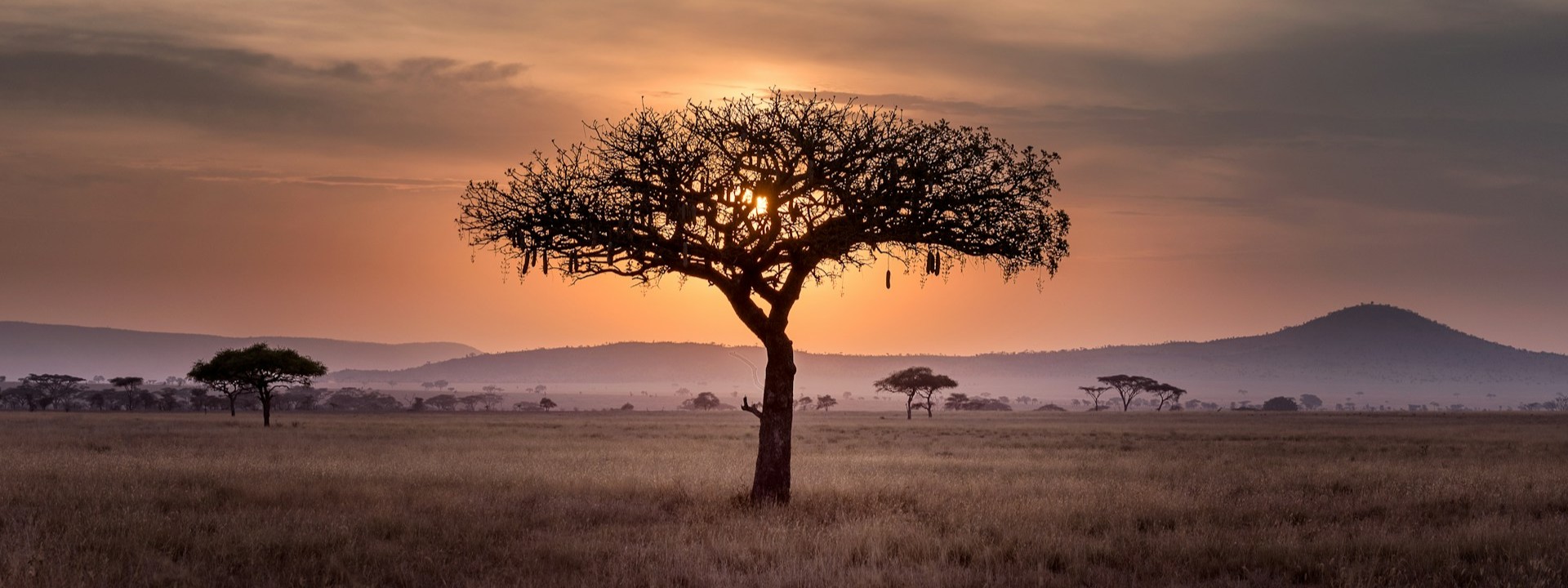
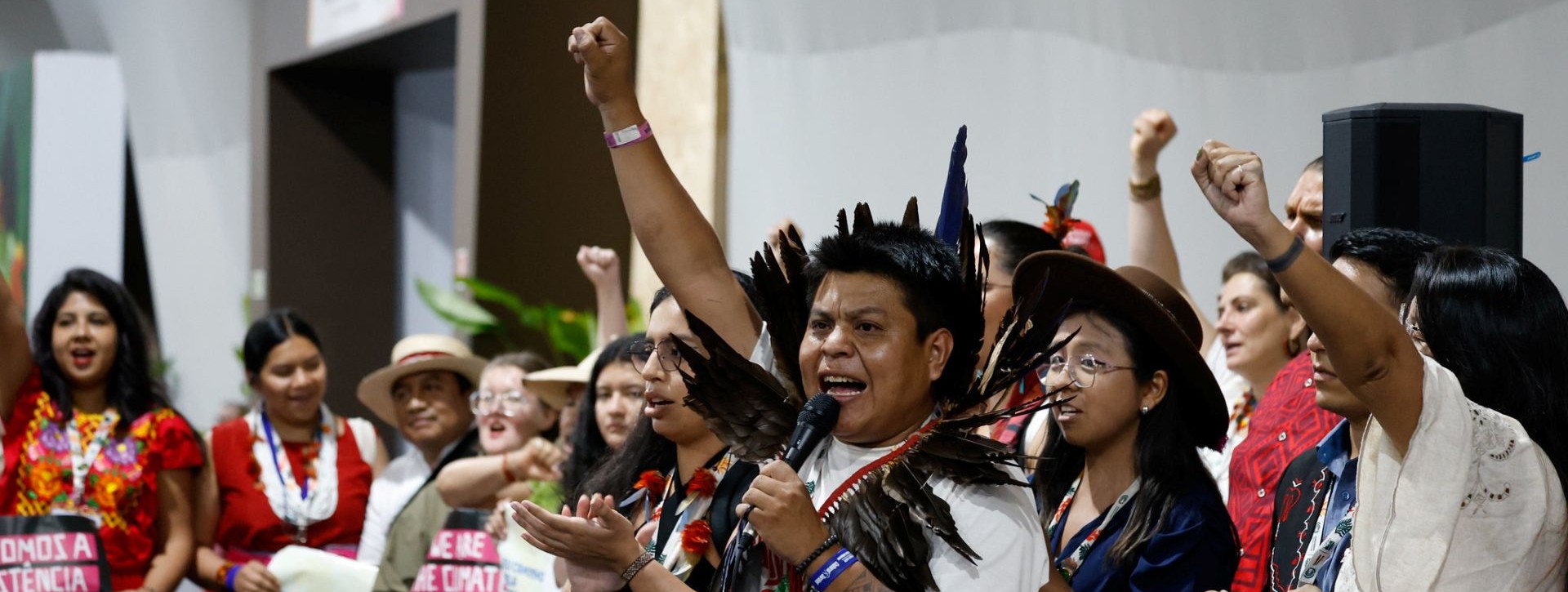
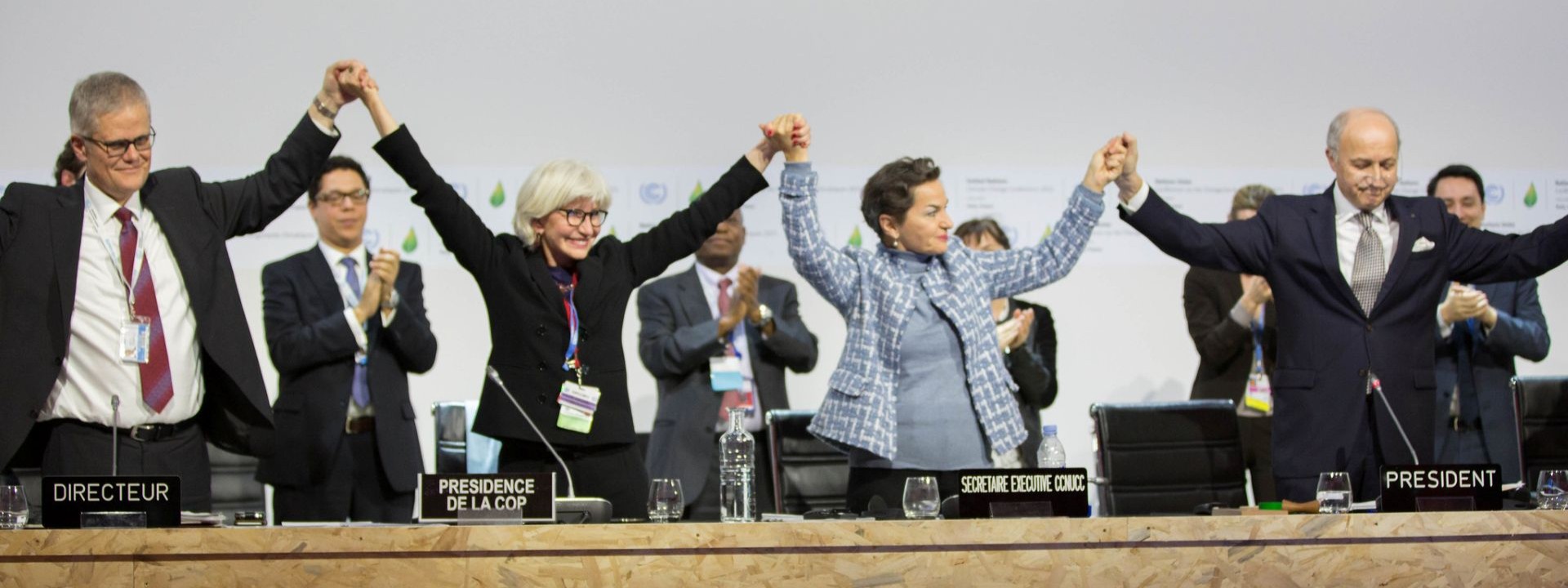
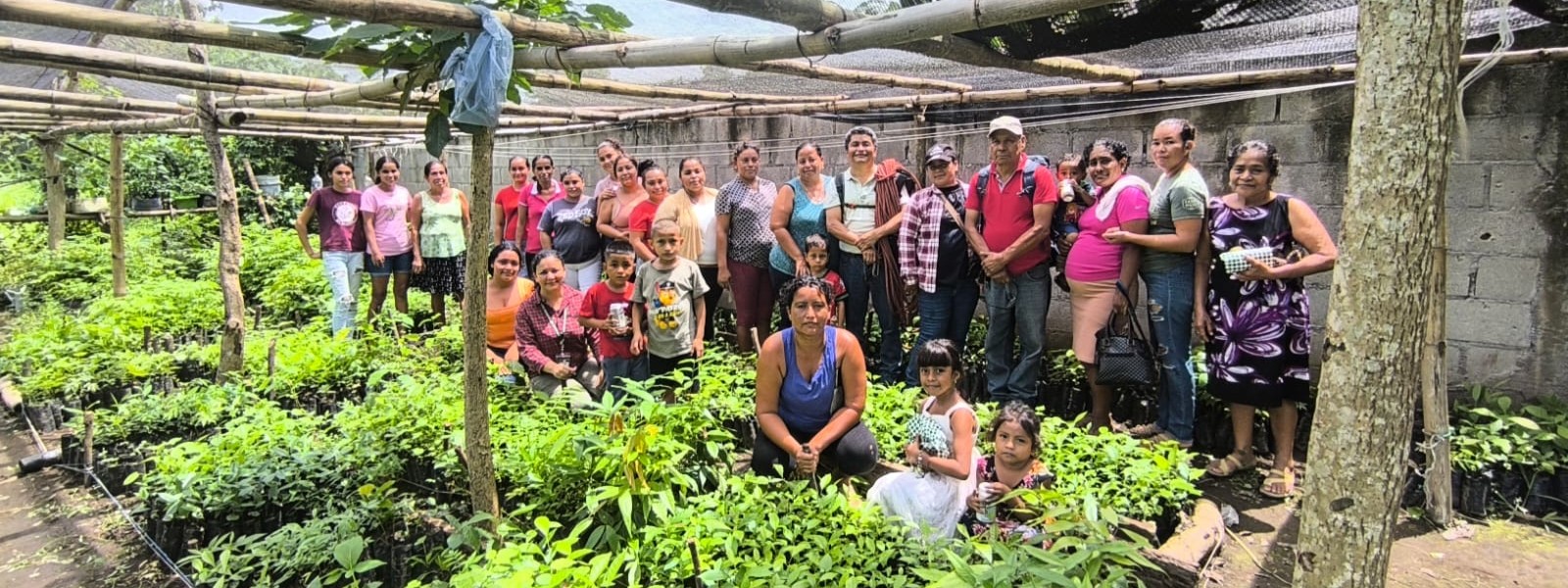
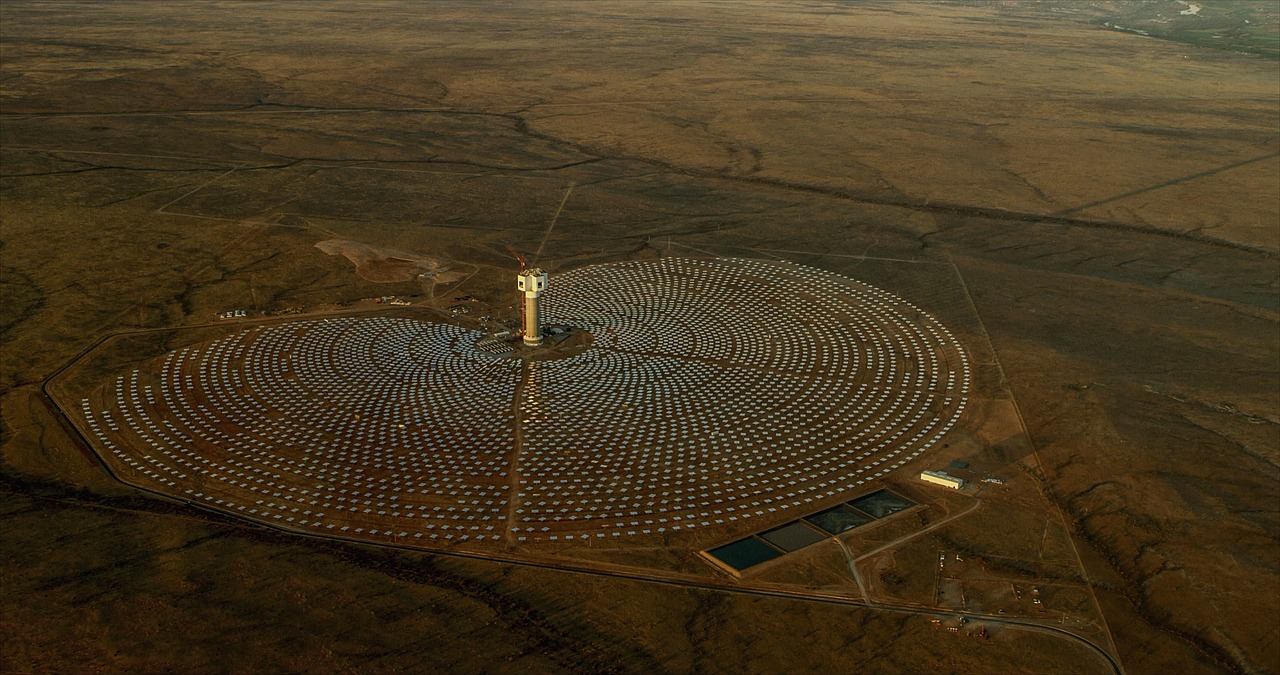
Share your thoughts with us